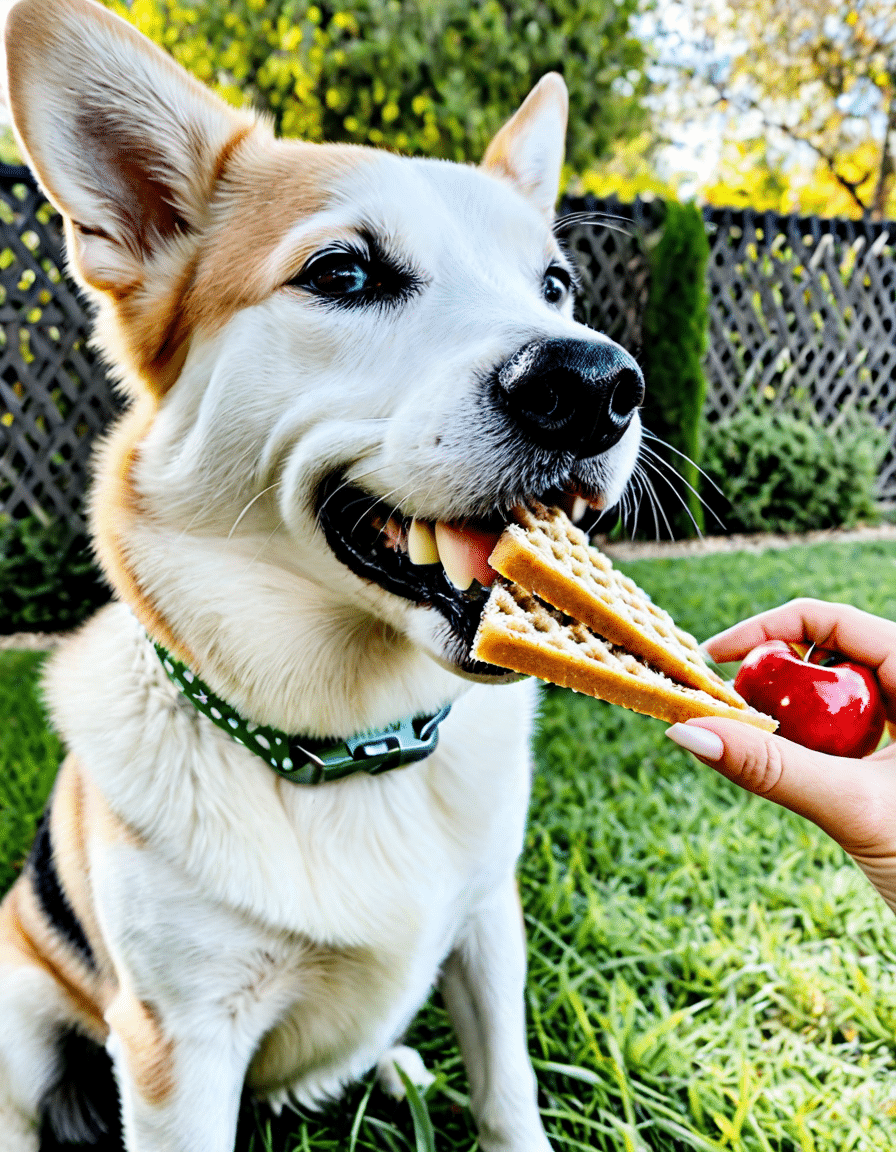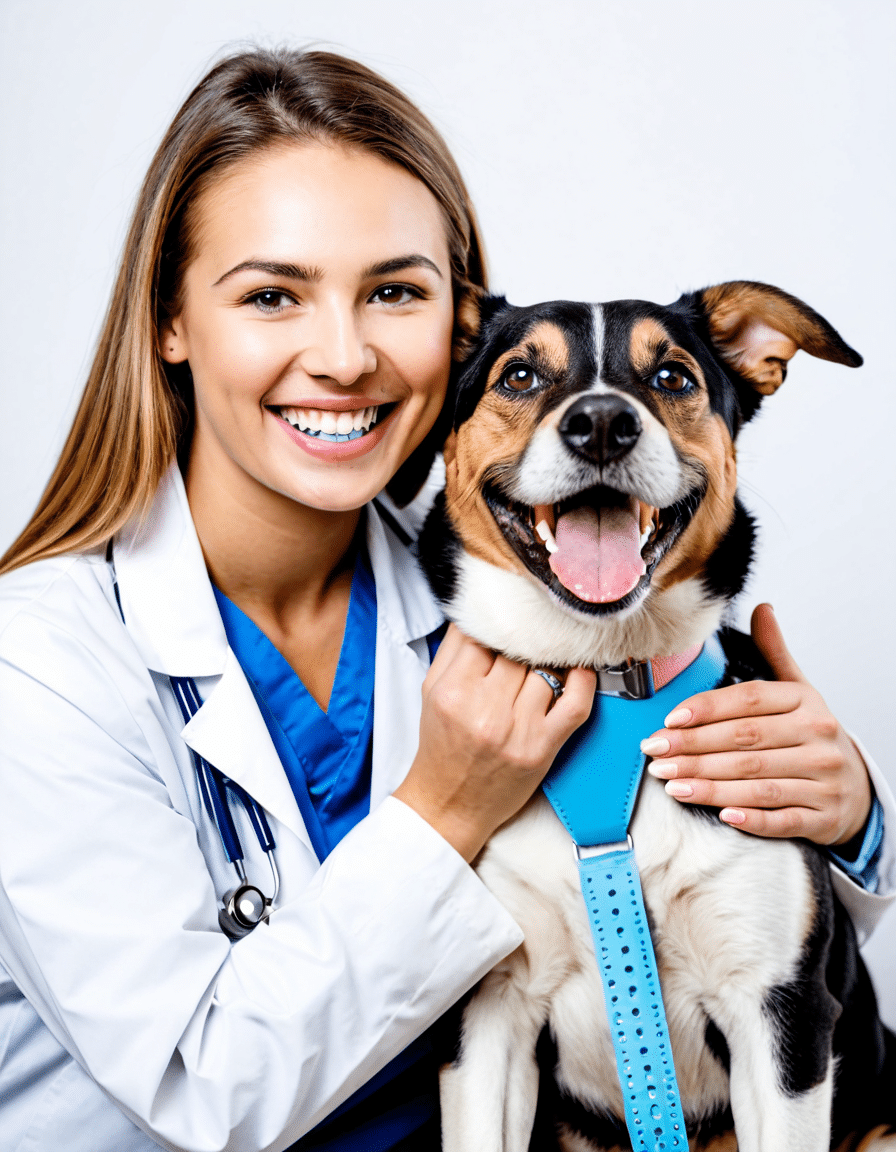When it comes to canine dental health, the question “can a dog get braces?” is both intriguing and important. While braces are primarily linked to humans for teeth straightening and bite corrections, advancements in veterinary dentistry have paved the way for similar treatments for our four-legged friends. This comprehensive article explores canine orthodontics, the various conditions that might warrant braces for your pup, and alternative practices to keep their dental health in tip-top shape.
1. Understanding Canine Orthodontics
Canine orthodontics focuses on correcting misaligned teeth or bite issues in dogs. Just like us, dogs can experience dental problems that need addressing.
Common Orthodontic Issues
Veterinary Specialists
Not every veterinarian can tackle complex dental issues, so consulting a veterinary dentist can be crucial. Experts like Dr. Mark E. Smith, a board-certified veterinary dentist known for treating intricate dental cases, can offer specialized care. Their expertise can be invaluable if you’re pondering can a dog get braces?

2. When Are Braces Recommended for Dogs?
Braces aren’t just about aesthetics; they can play a central role in a dog’s health. Here are the primary conditions that might prompt a veterinarian to recommend braces.
Misaligned Teeth
If a dog has misaligned teeth, it can struggle to chew food effectively, leading to digestive issues and other health problems.
Jaw Development
In younger dogs, improper jaw growth might spark the need for braces. Early interventions help prevent future complications.
Dental Trauma
Injuries causing teeth to shift or become misaligned may also necessitate braces. This highlights the importance of prompt care after any dental mishap.
3. The Process of Fitting Braces on Dogs
Understanding how braces are fitted can help prepare you for the experience.
Initial Consultation and Diagnosis
The journey begins with an initial consultation, where a thorough examination, including X-rays, identifies the issue. This assessment lays the groundwork for the treatment plan.
Fitting the Braces
Once a diagnosis is confirmed, fitting braces involves using materials like orthodontic bands and brackets specifically designed for canine teeth.
Ongoing Care
Regular check-ups are vital following the fitting. Dogs may require adjustments as their mouths change shape during growth. Consistent veterinary monitoring ensures optimal health and comfort.

4. Alternative Dental Care Practices for Dogs
While braces can address certain issues, preventive measures are vital for maintaining health.
Regular Teeth Cleaning
Brush your dog’s teeth regularly with pet-safe toothpaste, such as Vet’s Best Enzymatic Dog Toothpaste. This product works wonders in removing plaque and tartar buildup.
Dental Chews
Products like Greenies or Nylabone offer dental chews that work both as a treat and a dental hygiene product, promoting teeth cleaning during chewing.
Routine Vet Check-Ups
Don’t overlook the importance of regular veterinary check-ups. Professional cleanings help prevent dental issues before they escalate.
5. Managing Other Health Concerns: A Holistic Approach
While dental health is crucial, other concerns arise that pet owners should also address.
Can You Use Head and Shoulders on Dogs?
Using human products like Head and Shoulders on your dog is not advisable. It’s key to opt for veterinary-approved shampoos. This ensures your dog’s skin remains healthy and avoids adverse reactions.
What to Feed a Dog with Giardia
Dogs suffering from giardia should eat a bland diet. Boiled chicken and rice are excellent options to support their recovery while minimizing digestive stress.
6. Behavioral Training and Hygiene Practices
Training plays a significant role in your dog’s overall cleanliness and health.
Can You Get Dogs to Learn to Be Cleanly?
Yes! Strategies like crate training and consistent positive reinforcement can help dogs form good hygiene habits.
Adjusting to New Surroundings
When asking yourself “can your dog be around small animals?” start by introducing them gradually. Close monitoring of their behavior is crucial for fostering tolerance and social skills.
7. Future Considerations in Canine Dentistry
As veterinary medicine evolves, future advancements may provide more options for canine orthodontics.
Emerging Technologies
There’s exciting research involving 3D printing for creating customized orthodontic solutions for dogs. This could revolutionize treatment options available to pet owners in the future.
Healthy Eye Lens
Understanding what makes a dog’s eye lens slip out of place is vital too. Genetic conditions may necessitate consultation with a specialist to ensure your dog’s overall well-being is prioritized.
Innovative Approaches to Pet Care
In summary, while braces present an intriguing option for dogs facing dental issues, preventive care remains crucial. Maintain your pup’s dental hygiene by regularly brushing their teeth, seeking veterinary advice for all health concerns, from what to feed a dog with giardia to using mosquito treatment safe For Cats. Embrace the right practices to support your dog’s health beyond their teeth. Whether your dog may need braces or just a little extra love and care, remember that staying proactive is the best way to guarantee longevity and happiness for your furry companion.
For pet enthusiasts, incorporating a responsible attitude towards your dog’s care—including considering if you’d like to add a pet chicken to your family—can enrich the lives of both you and your pets. Prioritize holistic health changes to achieve a fulfilled life and a happy pup.
Can a Dog Get Braces?
Can a dog get braces? Well, the short answer is yes, but it’s not a common practice. While humans often rely on braces to create that perfect smile, dogs have different dental needs. Their teeth and jaws can be shaped and resized, but this usually falls more to oral surgery than to orthodontics. However, for those who might have seen a pup sporting braces, it can be a quirky sight, much like seeing a doberman and chihuahua mix strut by with their fashionable owner.
Why Consider Braces?
For some dogs, braces might be necessary to correct severe misalignments or crowding that could lead to health issues later. That said, doggy orthodontics is not just about aesthetics; it’s about maintaining a healthy bite and jaw function. Imagine your dog struggling to chew due to misalignment! Just like how Ellie Kemper brightens up the screen with her charming smile, our dogs deserve a happy and healthy mouth too. It’s essential to consult your vet to see if a dog’s dental structure warrants such interventions.
The Doggie Dental Dilemma
Here’s a fun fact: dog dental health is often overlooked by owners, much like the significance of crafting a DIY bunny hutch that’s both functional and cute! Did you know that poor dental hygiene in dogs can lead to heart and kidney issues? Regular check-ups and cleaning are vital. Moreover, if you’re keen on monitoring your pooch’s weight alongside dental care, you might find tools like a bac chart handy for tracking their condition.
So, while braces might be an option for some dogs, focusing on regular vet visits and a solid dental care routine is the best practice. Keep their smiles bright and their health in check, and your furry friend will be ready to show off that grin—no braces required!



